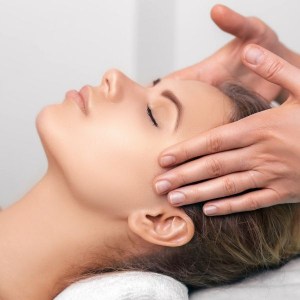Individuals have always been trying to unearth ways to keep youthful and hold back the “sands of time.” Attain promising results from one of the latest non-surgical rejuvenator, Pelleve. This product is slated to diminish maturing facial skin and lessen the signs of aging without undergoing the knife, annoying injections or telltale blotching effects.
What is Pellvue?
Pellvue received clearance in May 2009 from the FDA. The deep layers of the skin are heated which in turn helps encourage the manufacture of new collagen. The added bonus is the existing collagen begins to tighten and shrink down the appearance of wrinkles.
Procedure
Application is painless and easy. The entire procedure is done as an out-patient in a doctor’s office. The doctor will touch the designated area with the Pelleve “wand” or handpiece. Once applied to the targeted zones, it will produce a warm massage-like sensation to the patient, while heating the internal deep layers of the skin. The wand uses an advanced radiowave technology, supported through a generator without damaging or scaring the epidermis. As the heat moves through the skin, it pinpoints the collagens rich layer underneath the surface of the skin (aka dermis) and awakens it.
Time required
Receiving better results than most other non-invasive procedures, the patient requires no recovery time, no anesthesia, and will notice with just one treatment firmer, tighter skin. The patient can back to their normal daily timetable immediately. Depending the amount of treatment and areas deemed necessary by the doctor, the entire treatment will generally take only 45 minutes to an hour. The doctor will recommend the number of treatments that would be most beneficial for each individual patient. Even up to a month later, the application continues its working process on results of improving the skin´s exterior even more.
Benefits
Pelleve works on all skin types, including people of color. Pelleve can be treated to all age groups, but those individuals in their in their late 40s to early 50s, searching for that fresh and vibrant appearance gain results the most. Individuals seeking to diminish the fine lines, lift sagging cheeks or jowls and overall tightening of the facial muscles, including the upper eye lids, should discuss Pellvue as a treatment of choice with their physician. It may be incorporated with other treatments to compliment the best results for you.
Results are noticeable after just one treatment. The period of longevity to maintain the outcome can vary, as the skin continues to produce new collagen. Dependent on the precise targeted area and individual, Pellvue has been known to last several years on some patients.
 According to new dermatology studies, there is a new method that uses a combination of soft dermal fillers and tissue tightening techniques that can practically rub out your wrinkles and renew old skin.
According to new dermatology studies, there is a new method that uses a combination of soft dermal fillers and tissue tightening techniques that can practically rub out your wrinkles and renew old skin.






